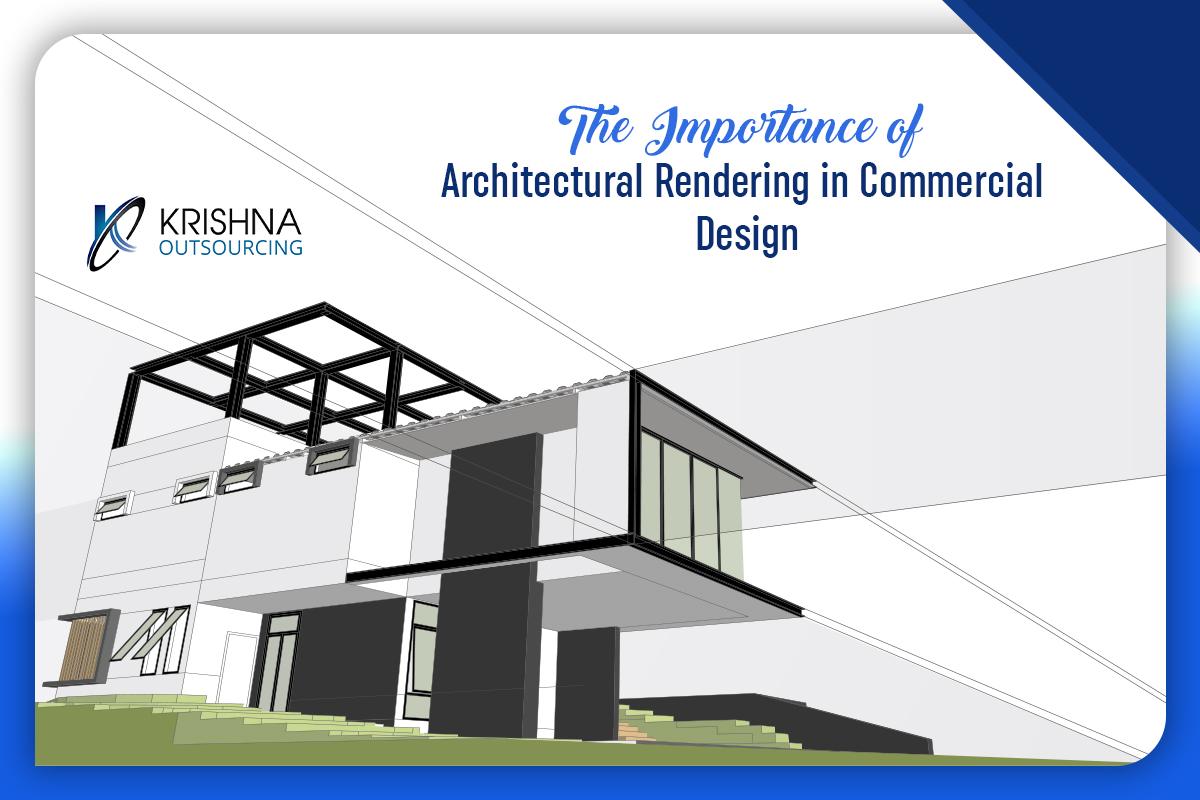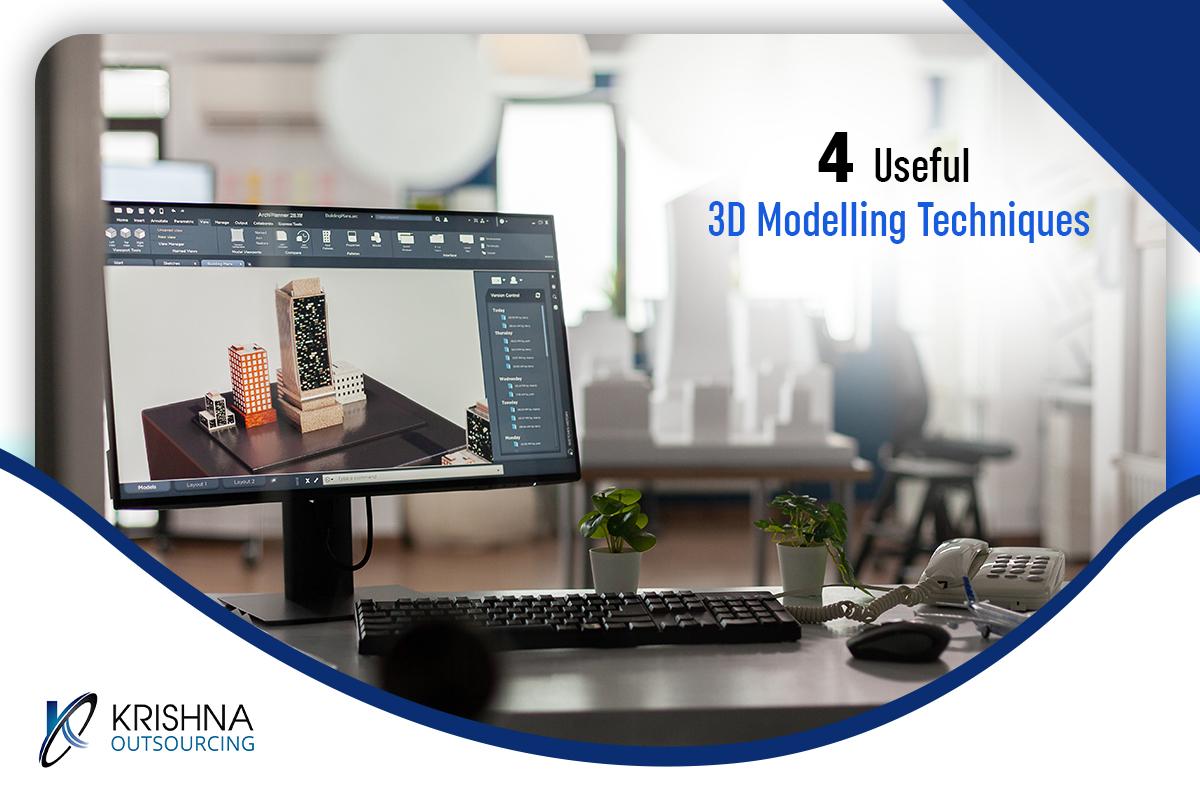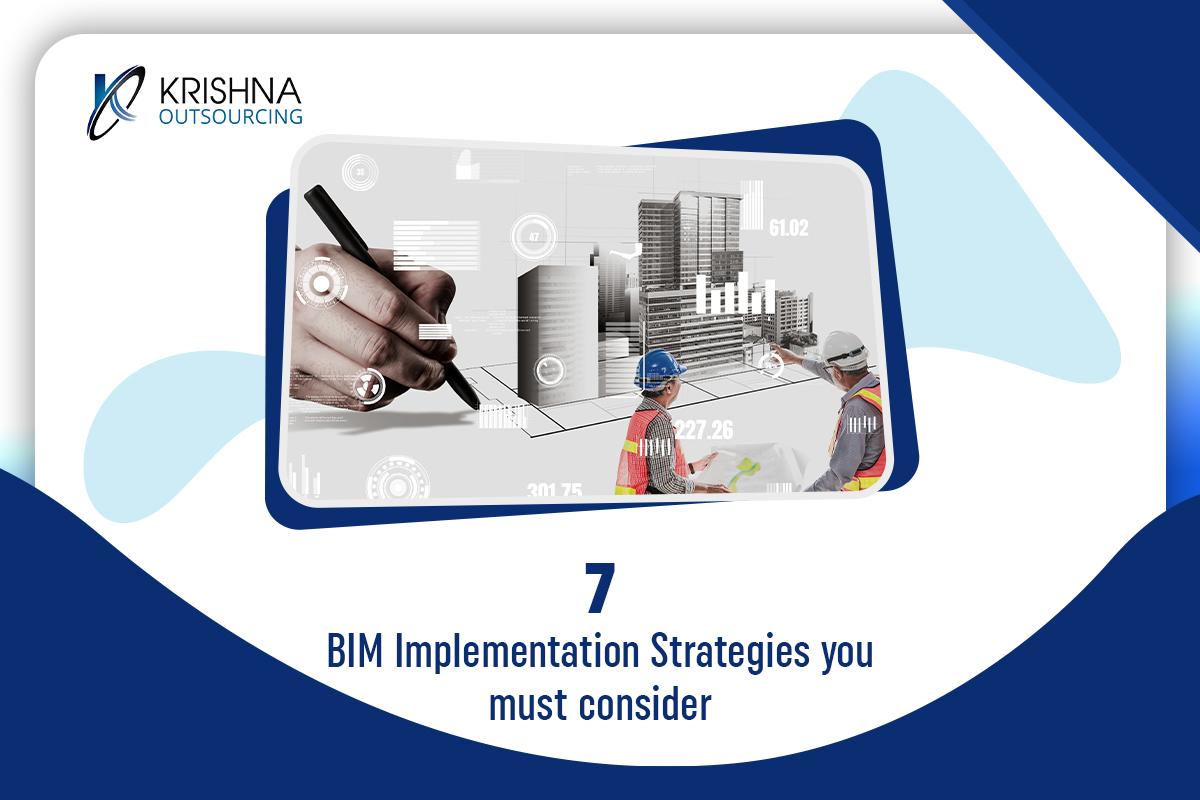Virtual reality (VR), isn’t a new concept by any stretch. Although the technology is older than many decades, it has become much more sophisticated in modern times.
In the mid-90s, Nintendo launched a virtual reality console called the Virtual Boy. The hardware was similar to today’s. You used a controller to move the character around. The displays back then were not very good. Virtual Boy was limited to displaying objects in black and red, making it difficult for users.
VR technology is far more advanced today.
Virtual reality software opens up many new possibilities for engineers and architects. It is still not used by many companies. Many companies still avoid virtual reality software because they fear the unknown or think it is too costly.
It’s all great for the moment, but what about the future?
The future of VR technology is rapidly evolving. It offers your company the chance to show off your work in new ways. You could fall behind if your competitors use it first or get involved into Architectural 3D Rendering Services.
You should therefore seriously consider adopting VR.In this article, we will help you make that decision.
Here are the top 7 VR benefits for Architects:
1. Unique experiences created
One of the greatest benefits VR can bring to architects is the ability to create unique experiences for clients. While you will be able to walk through a model with design software in most cases, it is not something your clients can interact with. Clients are unable to see the small details.
This is where VR comes in. Virtual reality allows you to create an immersive 3D rendering environment that clients can interact with and actively explore. Virtual reality allows clients to walk through the environment that you have created. A 2D presentation, on the other hand, will feel boring and uninspiring.
2. Training and onboarding are essential
Architectural firms can have a problem with training because new hires may have the skills on paper, but not the practical experience to put them into practice. Employers will need to do more to get them to the required standard. This can slow down your company’s growth and could lead to increased costs. A successful onboarding process is essential for any business, no matter how small or large.
With virtual design software, the training process can be simplified. VR software can be used to explain what is expected of new hires. It uses interactivity to allow staff to learn and build models they can experiment with. This is a fun way for employees to learn and teach.
3. Projects with greater efficiency
It is quite true that Virtual Reality for Architects is getting more useful. It allows them to create projects quickly and easily, which means there will be fewer unexpected problems down the road. It reduces the time and effort required to fix problems once they are built.
Time is money. Business owners know this. VR experiences are easy to incorporate into basic showrooms. This allows potential customers to view layouts, locations, and building styles from one central location.
4. Greater space management
It can be difficult to understand special features, but it is essential for architects and designers to design a property that looks exactly like the client envisions. Virtual reality technology allows architects to virtually experience the space and make note of its characteristics, allowing them to better plan each element of their design.
Virtual reality allows architects to better understand the relationship and suitability of different areas. It also makes it possible for them to modify things virtually if there is a problem.
5. Chance to be ahead of the rest
Although it’s not only beneficial for architects, those working in the industry can still reap the benefits of technological advancements. You can make yourself stand out from the rest and attract clients by your good reputation. Many businesses remain stuck in their ways and are unwilling to try new ways of doing business. This is a problem that can be frustrating for those who are open to learning.
You’ll be viewed as a pioneer in your industry and open to taking risks. This will help you gain a reputation as someone who is willing to take chances for greater results. A VR-based technology can help you attract potential clients and make your company stand out from the rest.
6. Facilitate feedback and modifications
Presenting the design to the client is the most nerve-wracking part of any project. It’s impossible to predict whether or not they will like your ideas. You don’t know what their feedback will be. You should also consider that not all feedback or points of interest will be visible at first glance. Sometimes, the feedback of clients comes many weeks later after they have had time to look at the design.
The process can be simplified by VR because clients can see the design in detail and can make changes in real-time. Clients can experience every aspect of the design, including color, texture, lighting effects and furniture.
The client is able to visualize your ideas and record changes, so that the final product is a combination of both concepts.
7. Savings measures
Virtual reality has become more affordable for businesses of all sizes and is no longer a costly investment. VR software has been developed by developers to make it affordable for businesses to develop projects and provide better services to clients. Clients can easily interact with VR programs and make changes to the design. This eliminates the need to go back and forth between the client and the architect.
What is the future of VR?
The future of VR (Virtual Reality) looks bright and promising. As the technology continues to advance and become more accessible, it is likely to become more mainstream in various industries.
One of the significant developments is the emergence of social VR, which allows people to interact with each other in virtual spaces, opening up new opportunities for collaboration, communication, and socialization.
VR can also provide a safe and controlled environment for training in high-risk situations, such as emergency response or military training.
Overall, the future of VR is likely to see continued growth and adoption in various industries.
Wrapping up:
VR technology has opened up a world of opportunities for architects, enabling them to create immersive and interactive experiences for their clients.
The benefits of VR technology for architects go beyond just improving the design process. VR can also help architects to reduce costs by catching design flaws early in the process, before construction begins.
As the technology continues to evolve and become more accessible, VR is poised to revolutionize the way architects work and communicate with clients.
If you are looking for the best Architectural 3D Rendering Services provider to help you with your job, then look no further than KrishnaOS.
Speak to our experts now at +91 8460 220 396 or +1845 445 4108 and avail of our best services!







